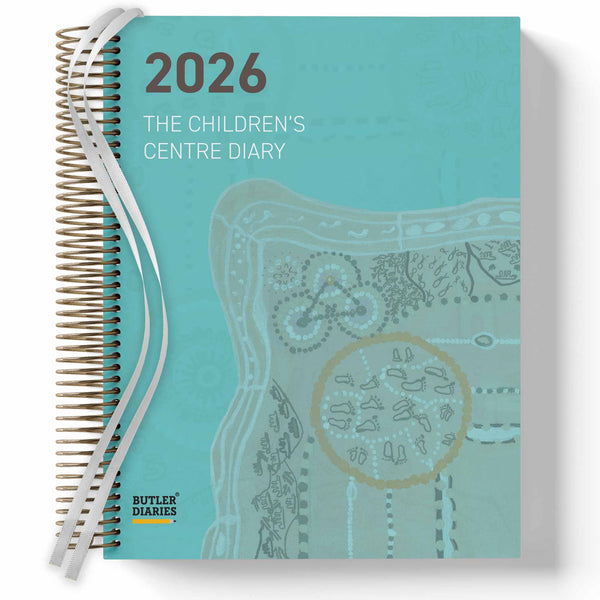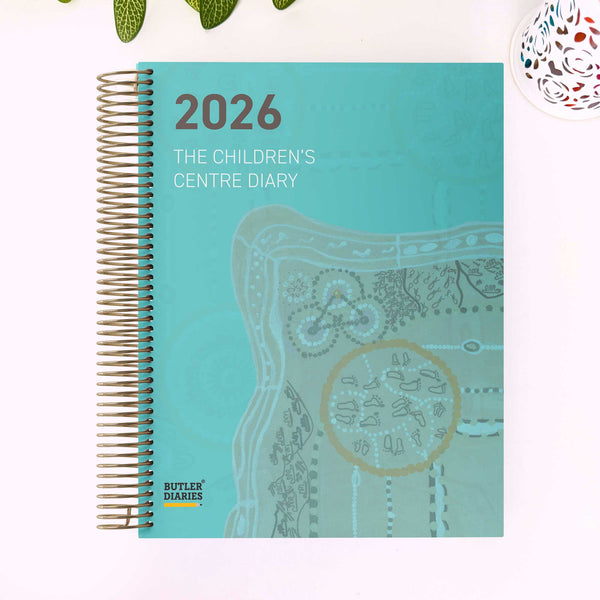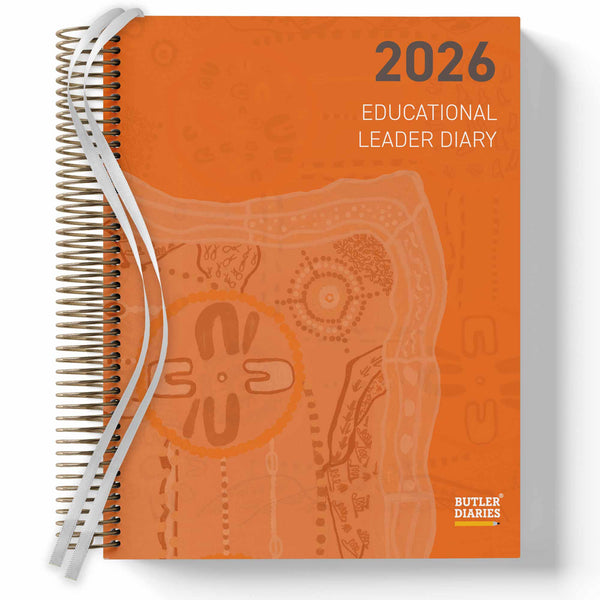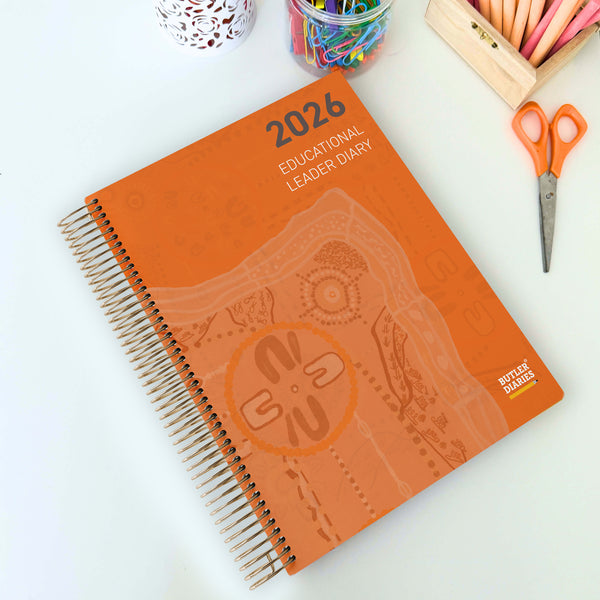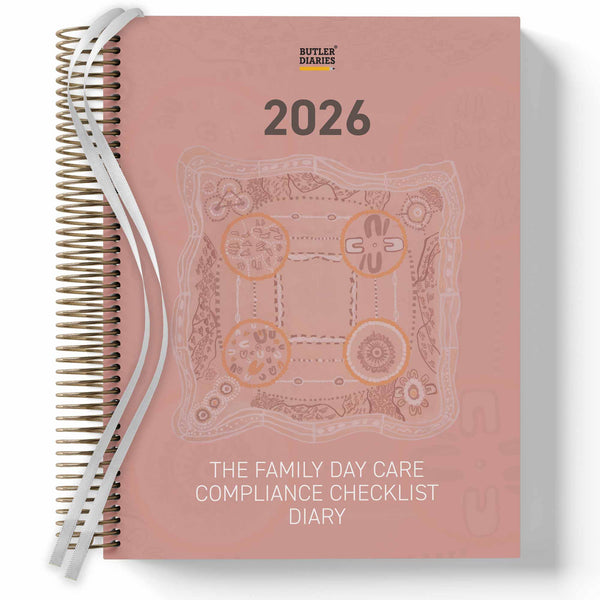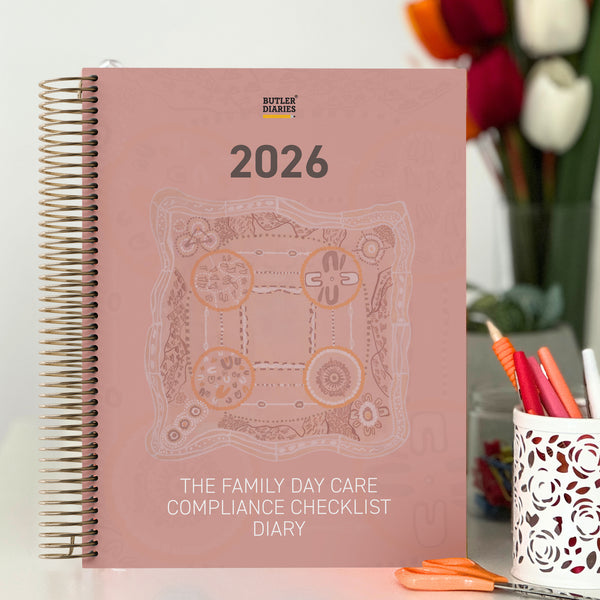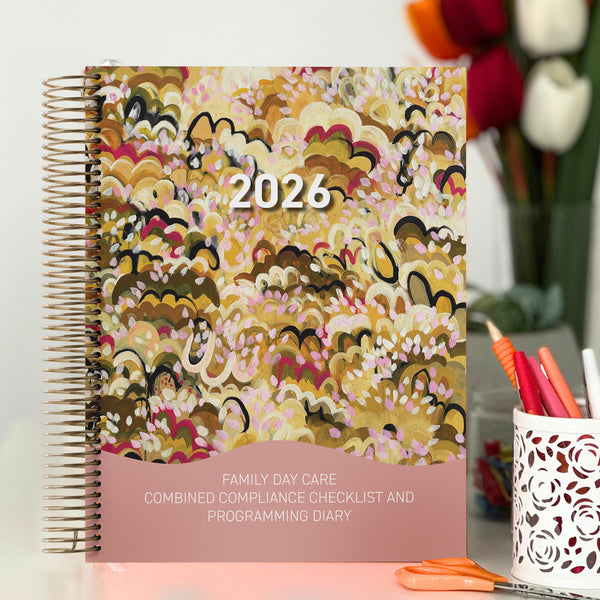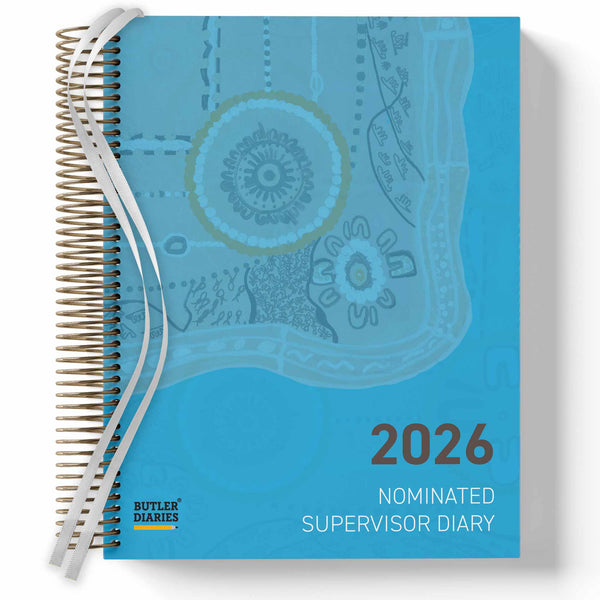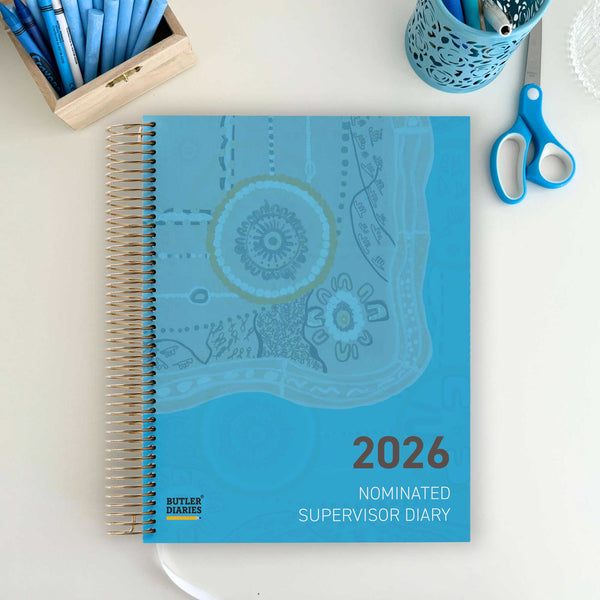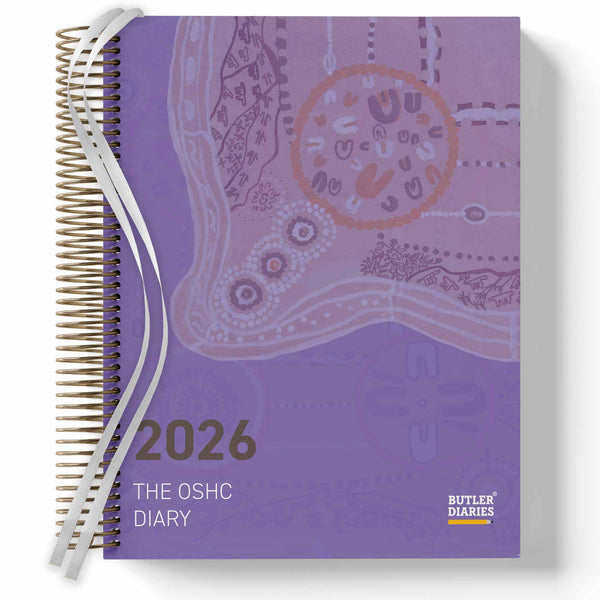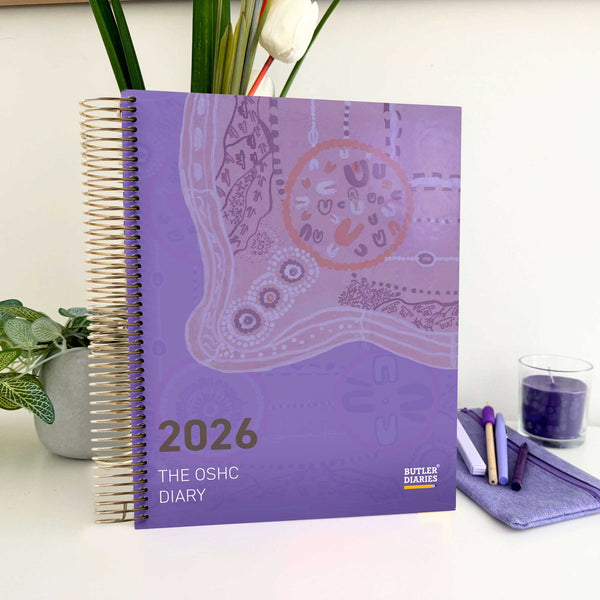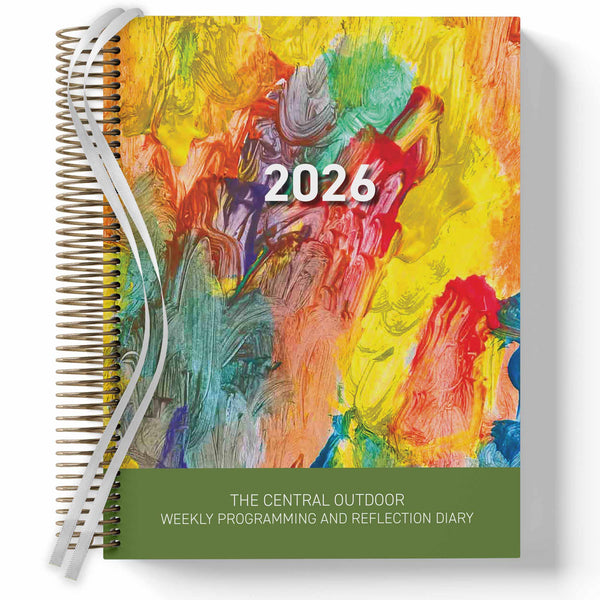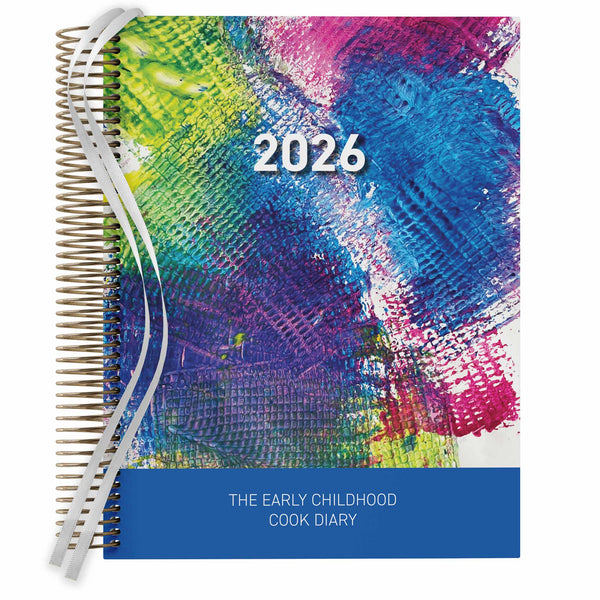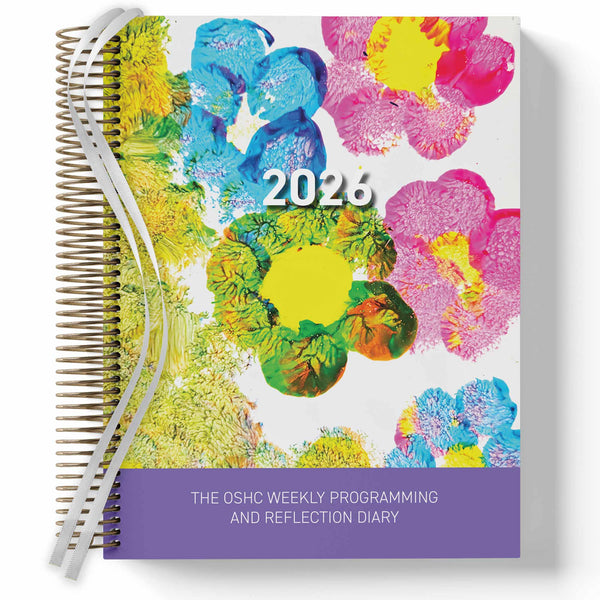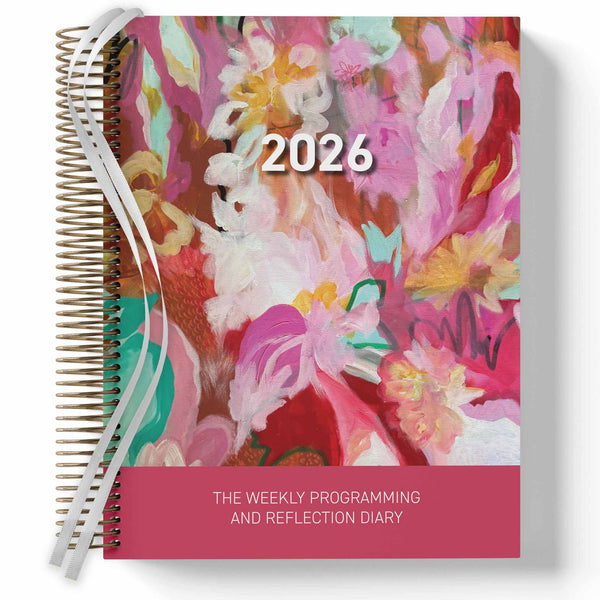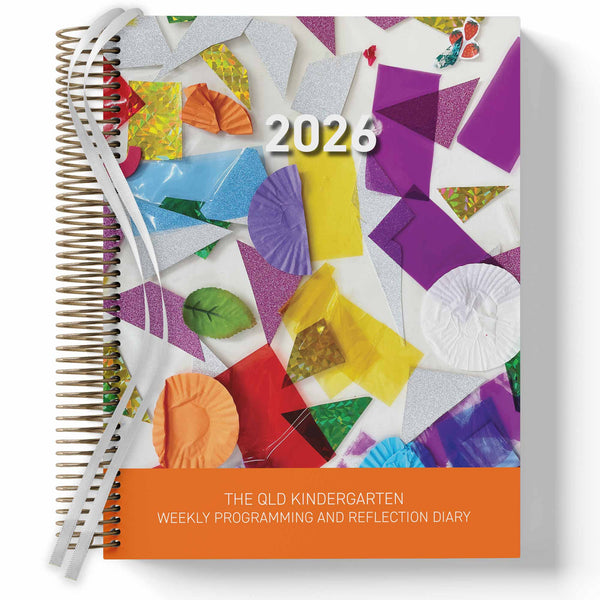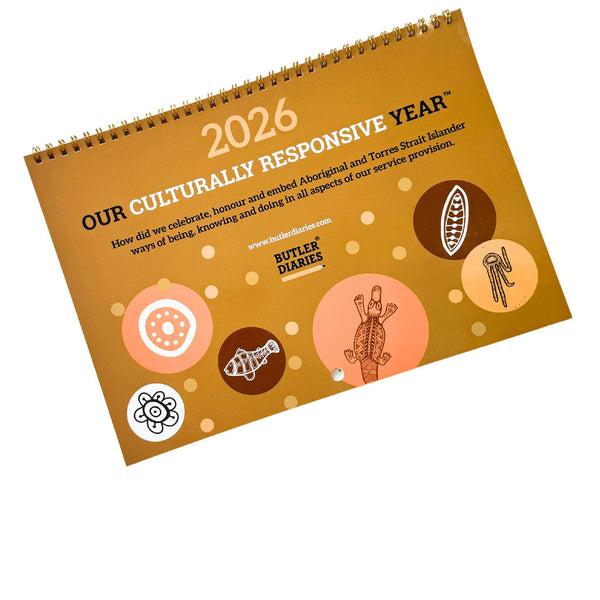Recent changes to legislation in New South Wales have strengthened child protection measures in the early childhood education and care (ECEC) sector. The amendments address a long-standing gap between prohibition notices and the Working With Children Check (WWCC).
The Previous Gap
Until now, individuals who were issued a Prohibition Notice preventing them from working in an ECEC service could still hold a valid WWCC. This meant a person formally banned from the sector could retain clearance to work with children in other settings, without any automatic review of their suitability.
The Key Changes
The new legislation ensures that prohibition notices and the WWCC system are directly linked. Specifically:
-
Risk assessments are now mandatory: Whenever a prohibition notice is issued, the Office of the Children’s Guardian must conduct a risk assessment before a WWCC can be issued or retained.
-
Automatic review: A prohibition notice will automatically trigger reassessment of a person’s WWCC status.
-
Alignment of protections: Prohibition notices can no longer exist in isolation from the children-safety clearance system.
Why This Matters
Evidence had shown that a significant number of people with prohibition notices still held valid WWCCs. This misalignment undermined the purpose of both systems and left children vulnerable. By closing the gap, the legislation strengthens the safety net designed to protect children and provides greater assurance for families and services.
These changes bring greater consistency and accountability to child protection processes across the ECEC workforce, ensuring that the two major safeguarding tools—prohibition notices and WWCCs—work hand-in-hand.








